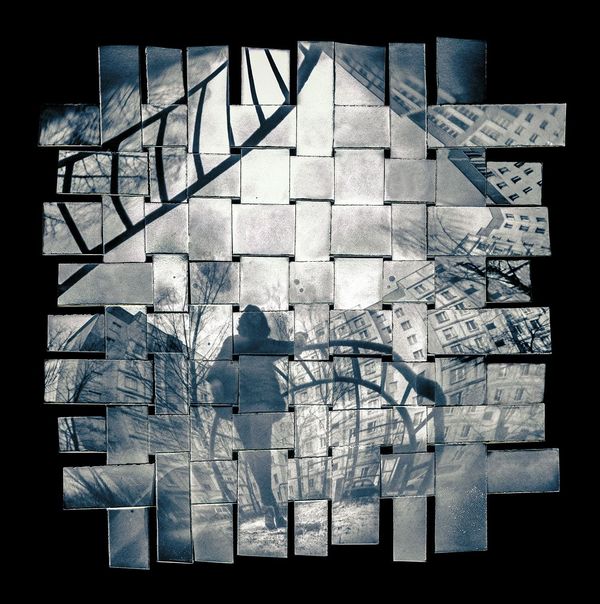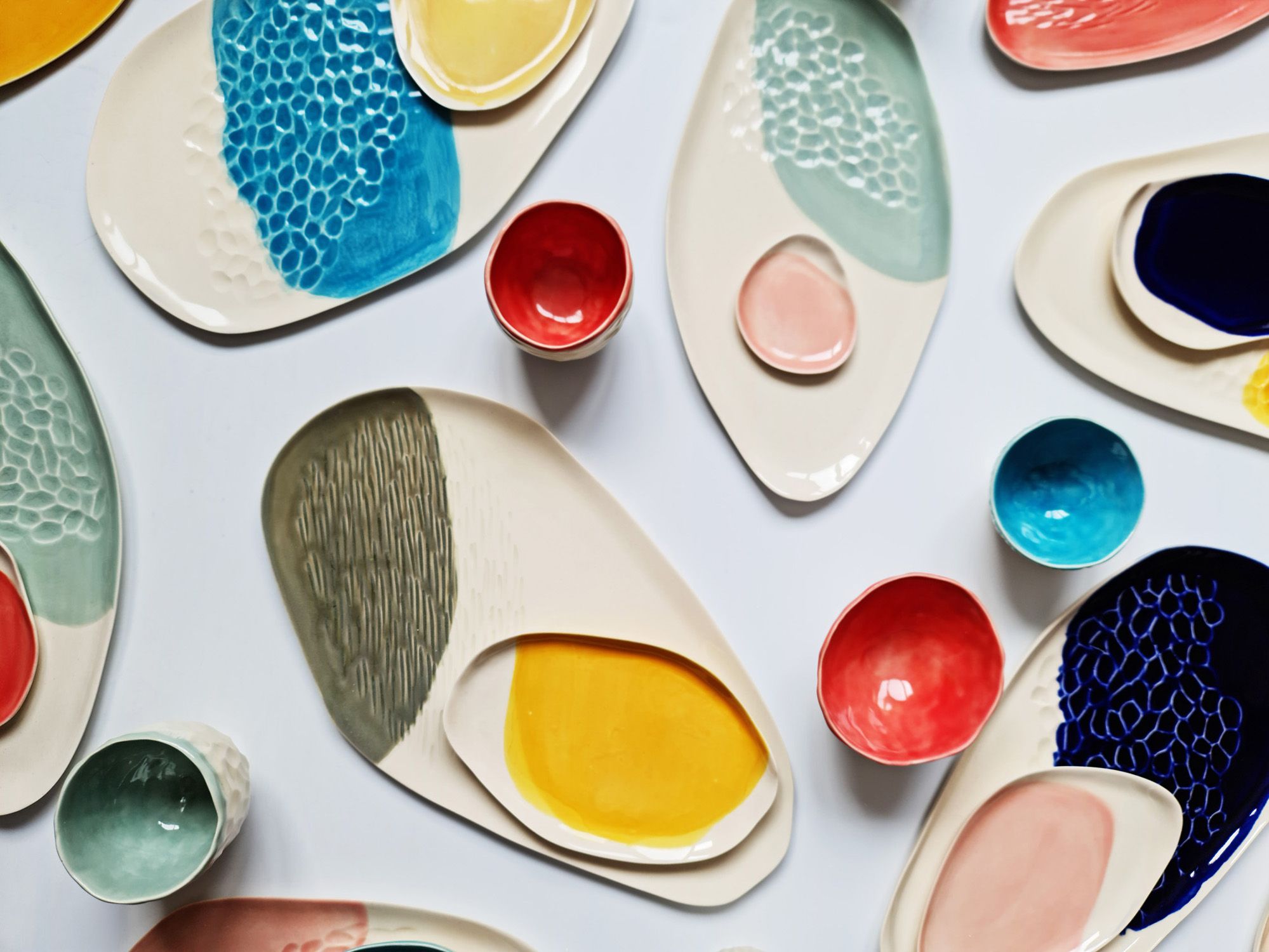Fortunately, we don’t have to worry about ceramics: there are many designers and brands in the Eastern European region that can show a thousand faces of the material. There are those who beleive in thoughtful functionality, and there are those who reach out to the material intuitively, and that doesn’t deter them if the end result is a little weird.
Pottery and Poetry—Bulgaria
How do poetry and ceramics fit together? The members of the artist couple in Sofia, Maria Baleva, who works as an architect, and Zornica Genova, who has a law degree, have placed these two branches of art side by side. The ceramics are made by hand, with free shaping, sometimes with bright yellow, green, red spots, sometimes with reserved pastel colors. One thing is for sure: each piece is unique.
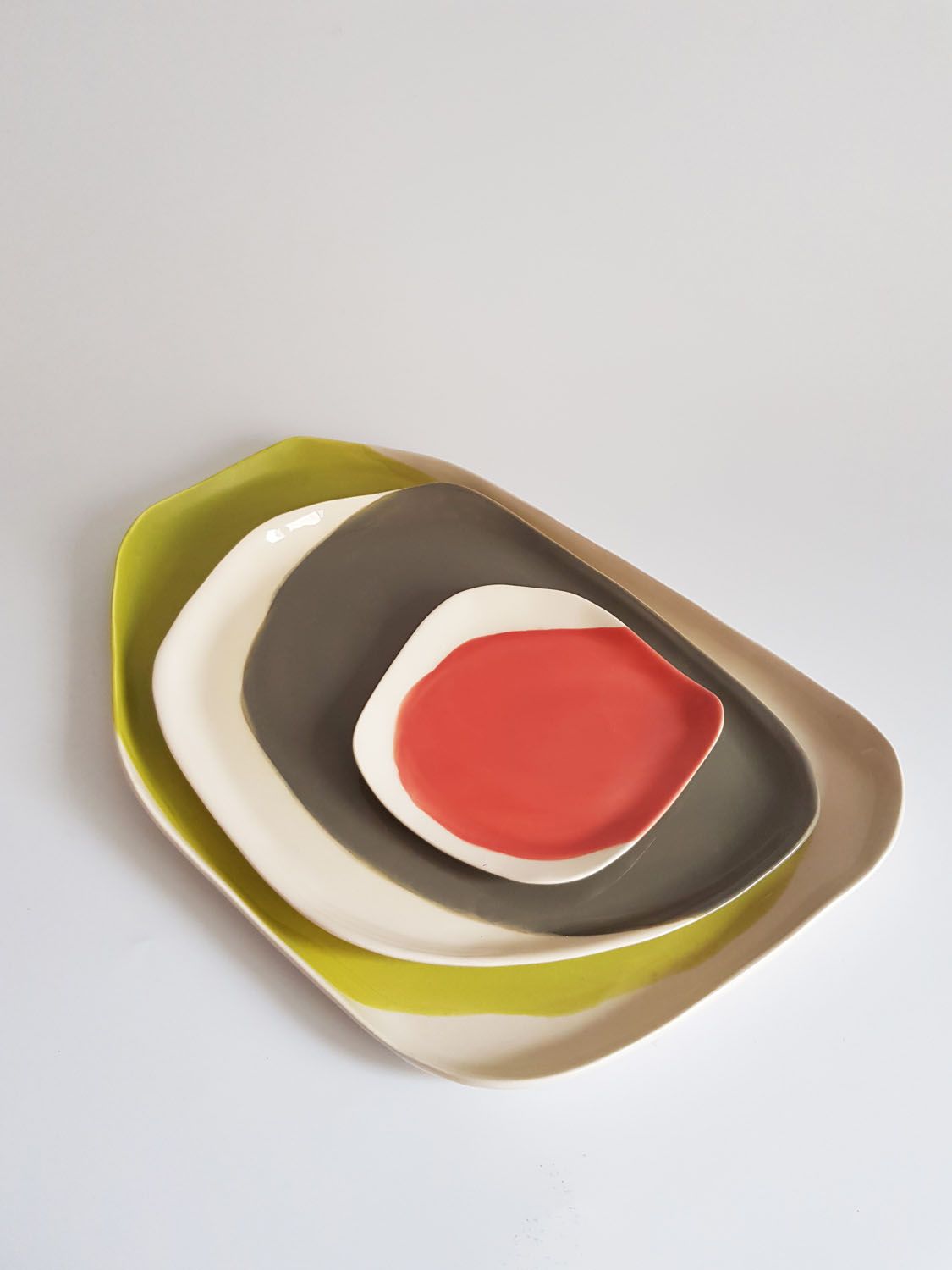
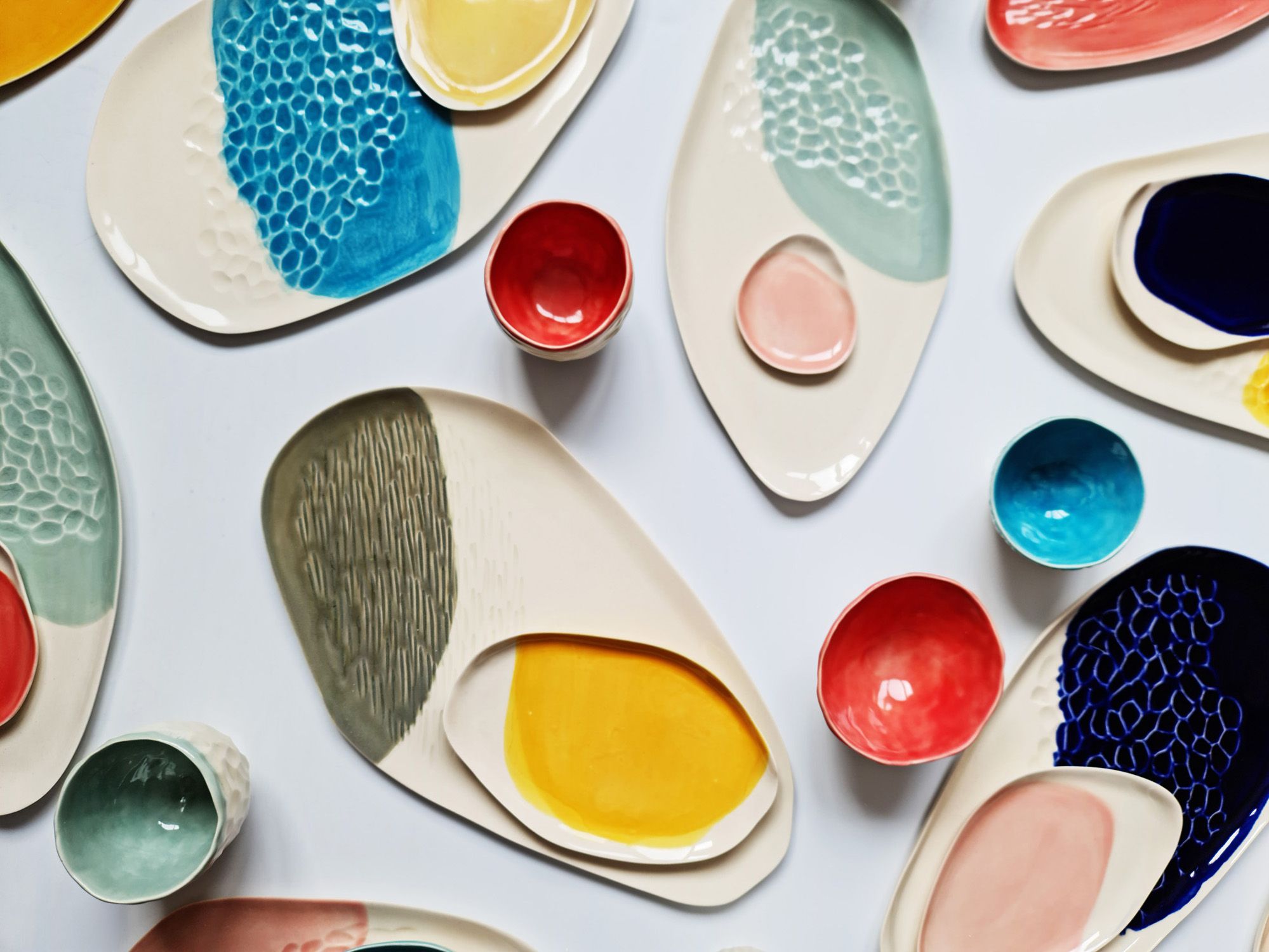
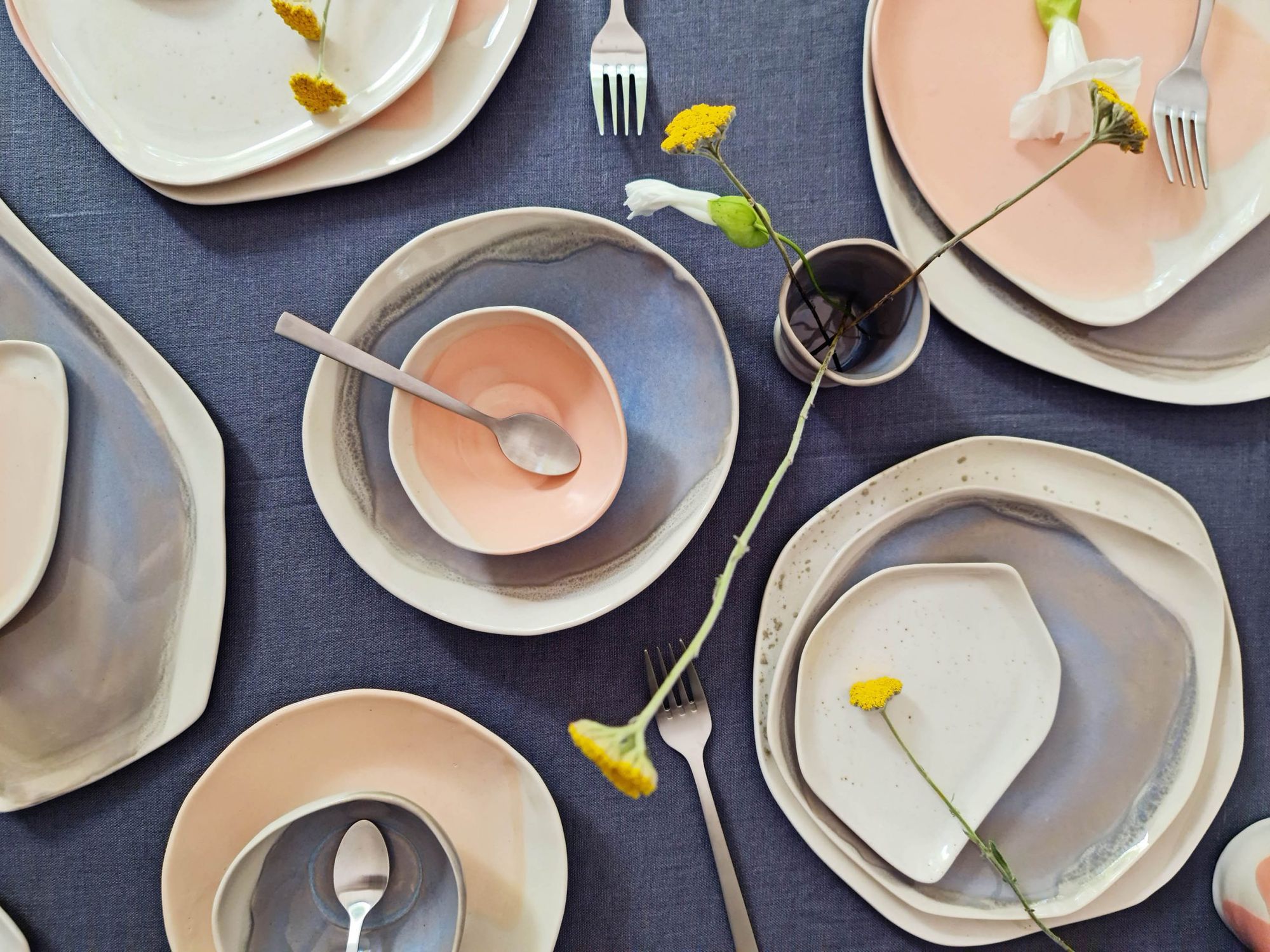
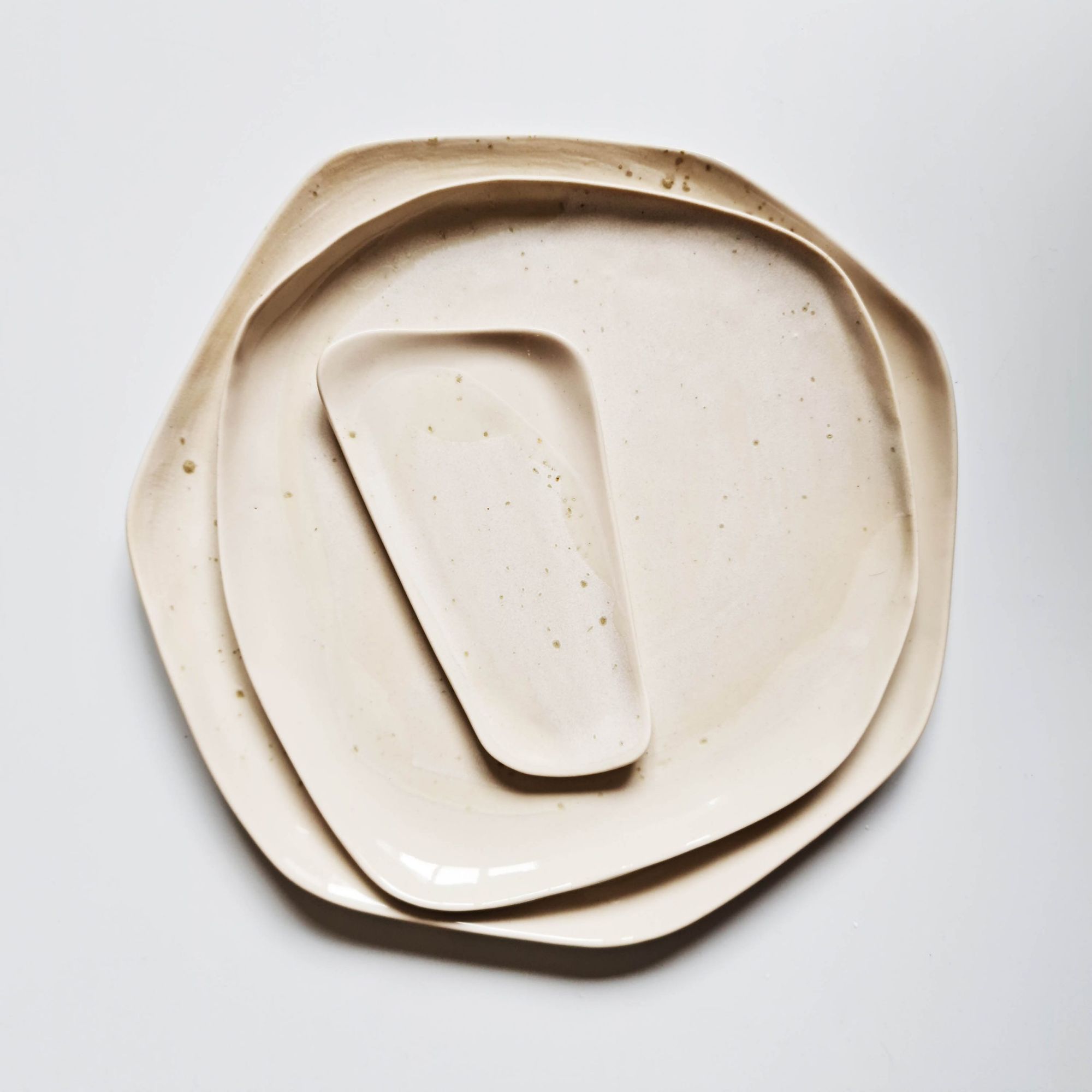
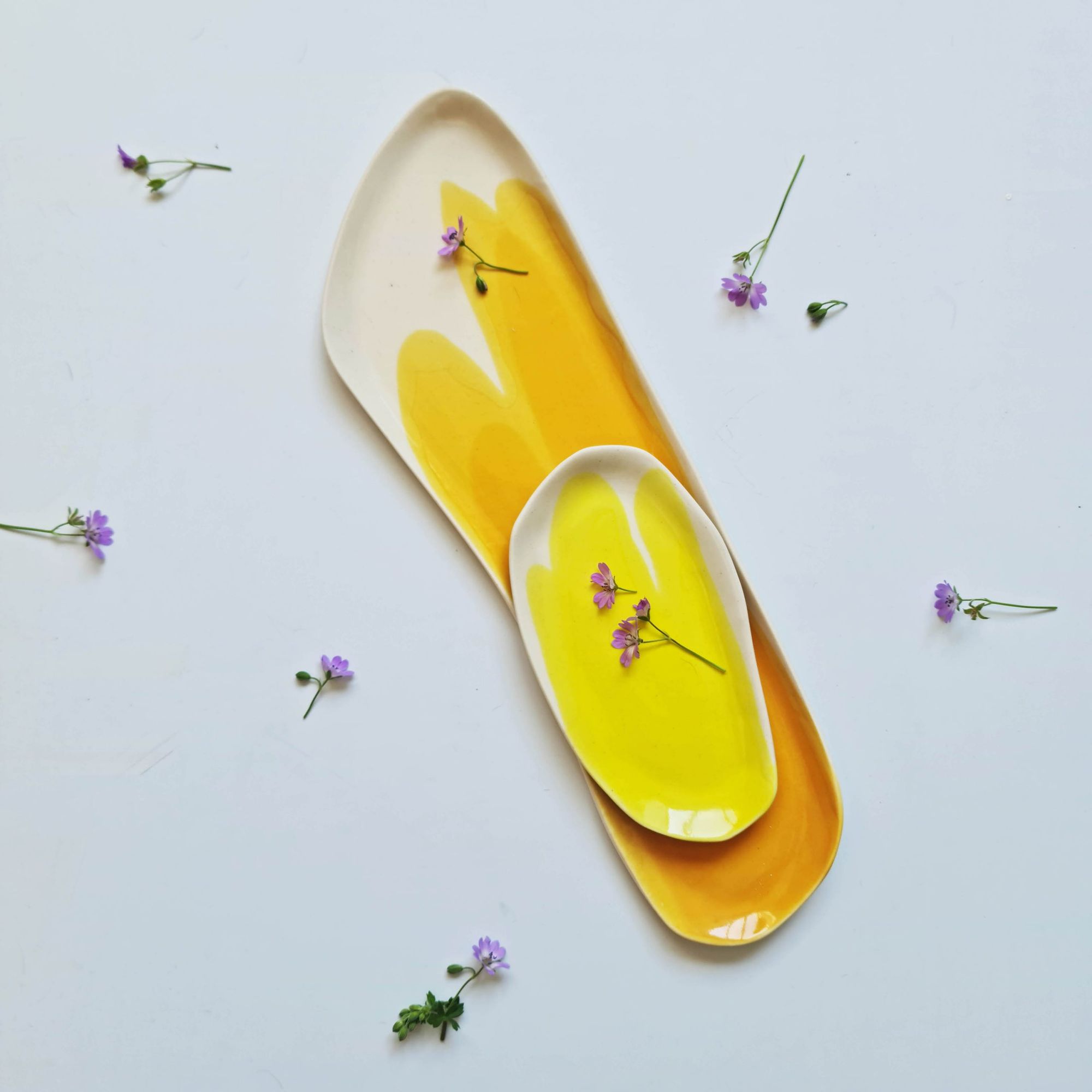
ÅOOMI—Poland
If we have to mention any of the Poles on the ceramic front, it is clearly ÅOOMI. The objects of Patrycja Szymura, SaraMakuch and Kasia Sojk could even be called Scandinavian. For the designers, functionality comes first, accompanied by a subtle, understated color palette (usually in pastel shades) and voilá: the perfect recipe is ready. In addition to their minimally styled mugs, bowls and plates with a “splashed” pattern, we also find monochrome home textiles and paper products.

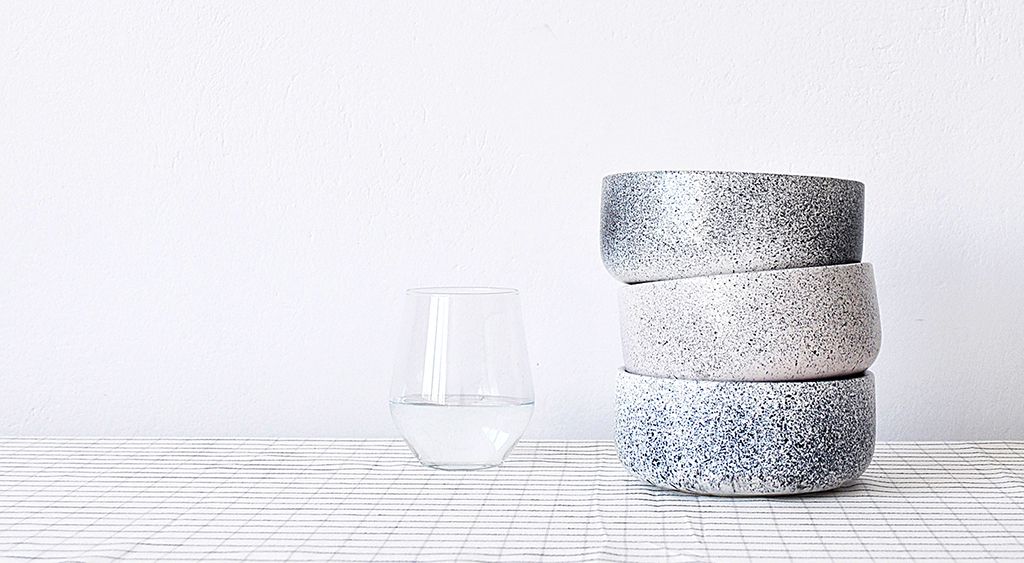
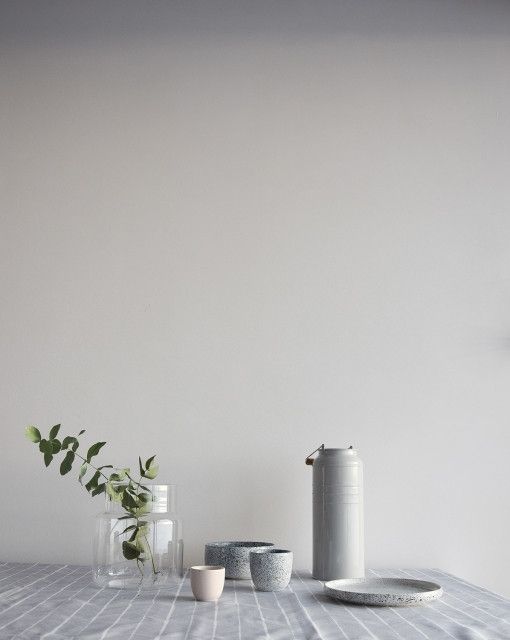
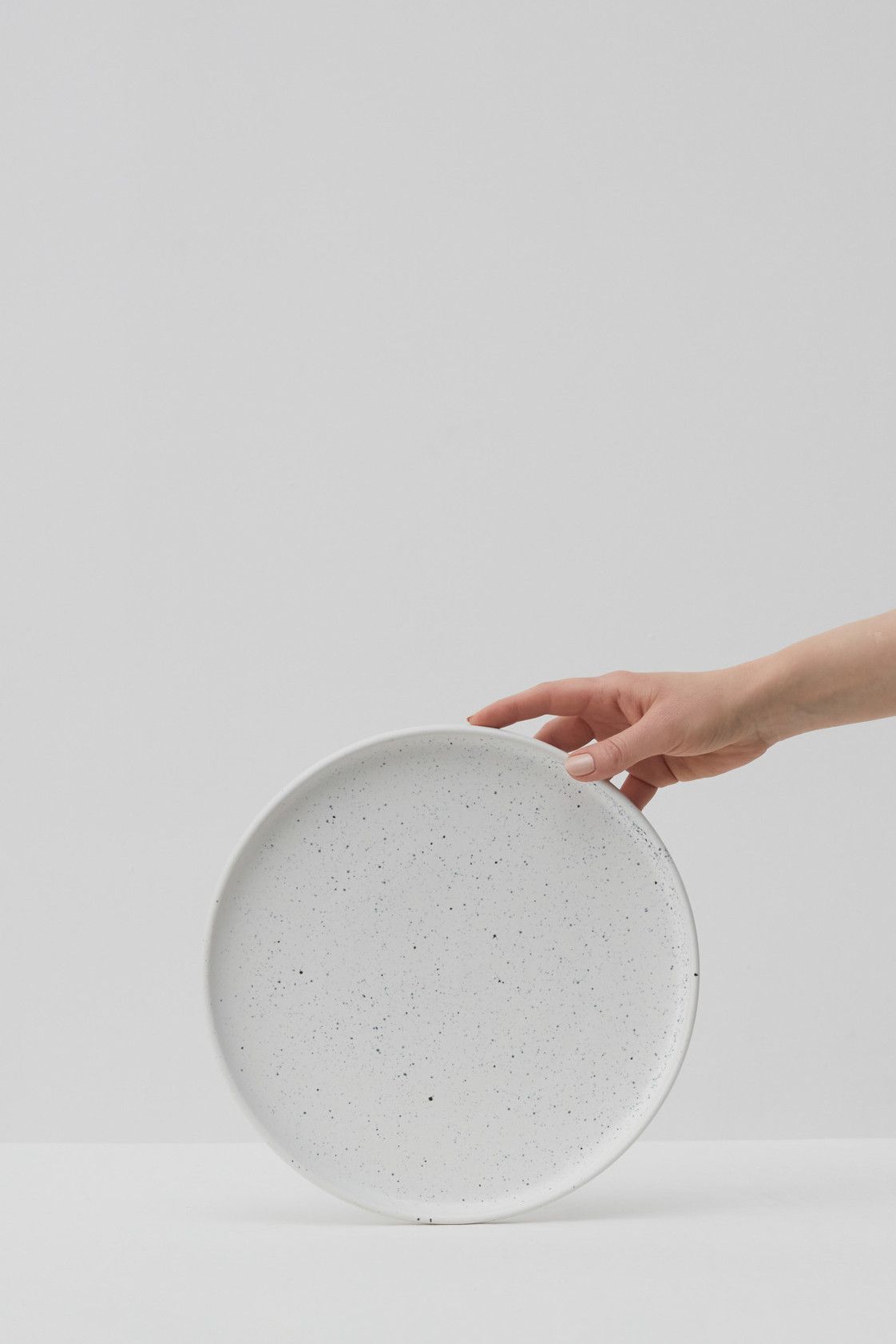
Bisqit—Czech Republic
When we hear the word biscuit, we don’t have to think of cakes: in the case of ceramics, we mean unglazed porcelain objects that glitter with marble. Such and similar everyday objects are made by Czech designers Martina Žílová and Zuzana Firla. In many cases, the refined forms are complemented by wonderful celadon glaze and cobalt blue shades, which almost bring the objects to life—espresso cups, bowls, plates and mugs. Brand new: several designers have recently joined the girls, so the repertoire includes Krystýna Pojerová’s glass cups and Milan Pekař’s beautiful vases.

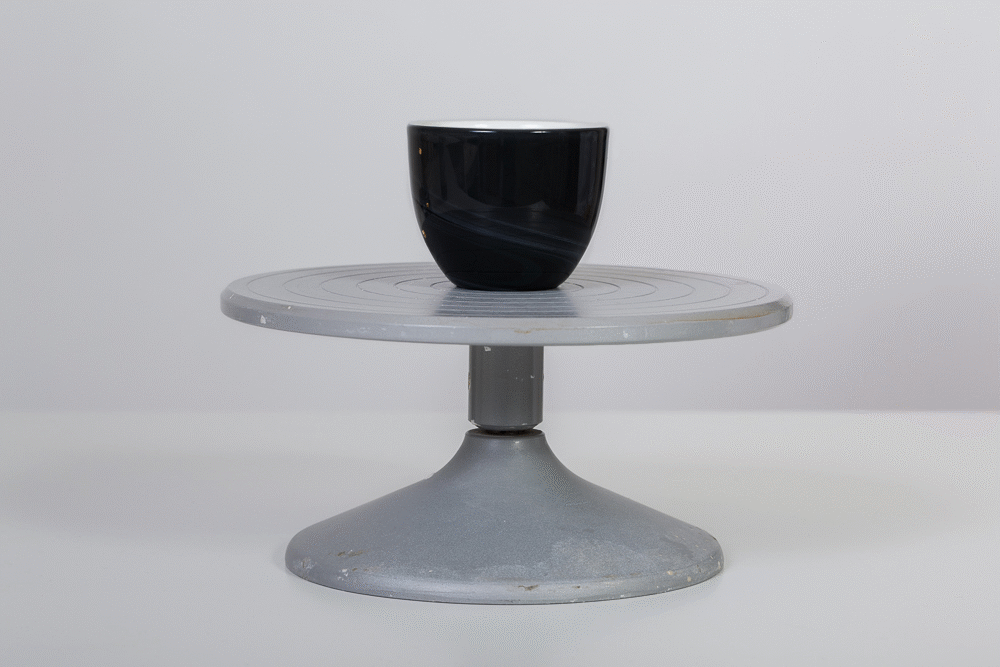

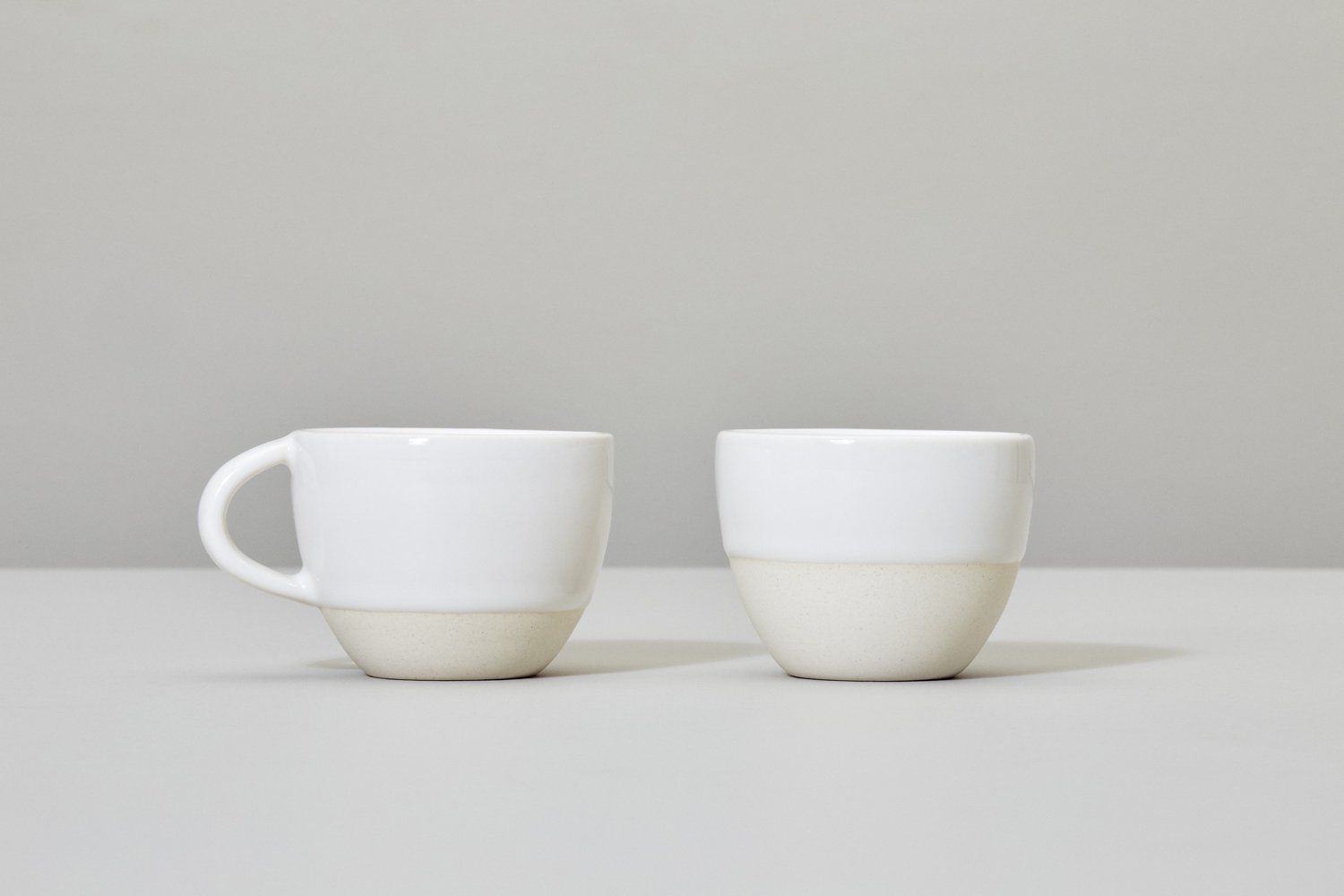
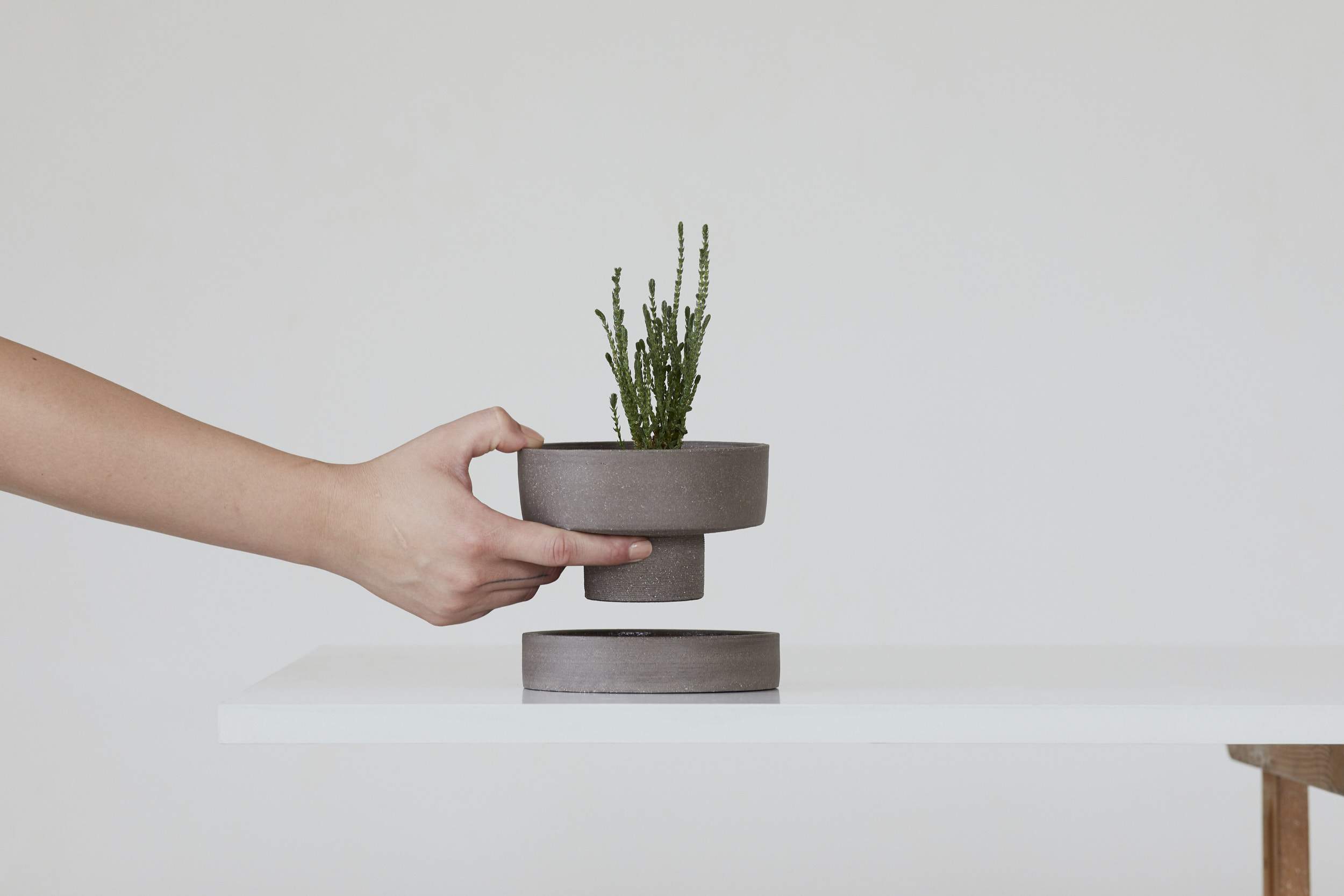
KOKOMO ceramics—Hungary
It would be difficult to call Eszter Glaser’s objects by their name: mostly “stuff” and “things”, or ceramic accessories, which can be used alone or in combination with other objects. The cheerful, colorful, strangely shaped pieces evoke the spirituality of the Bauhaus and Memphis creative group at the same time, but, because of their clumsiness, one can easily make friends with them. There are those who make their toothbrush cups look colorful with it, and there are those who put dried flowers in them.
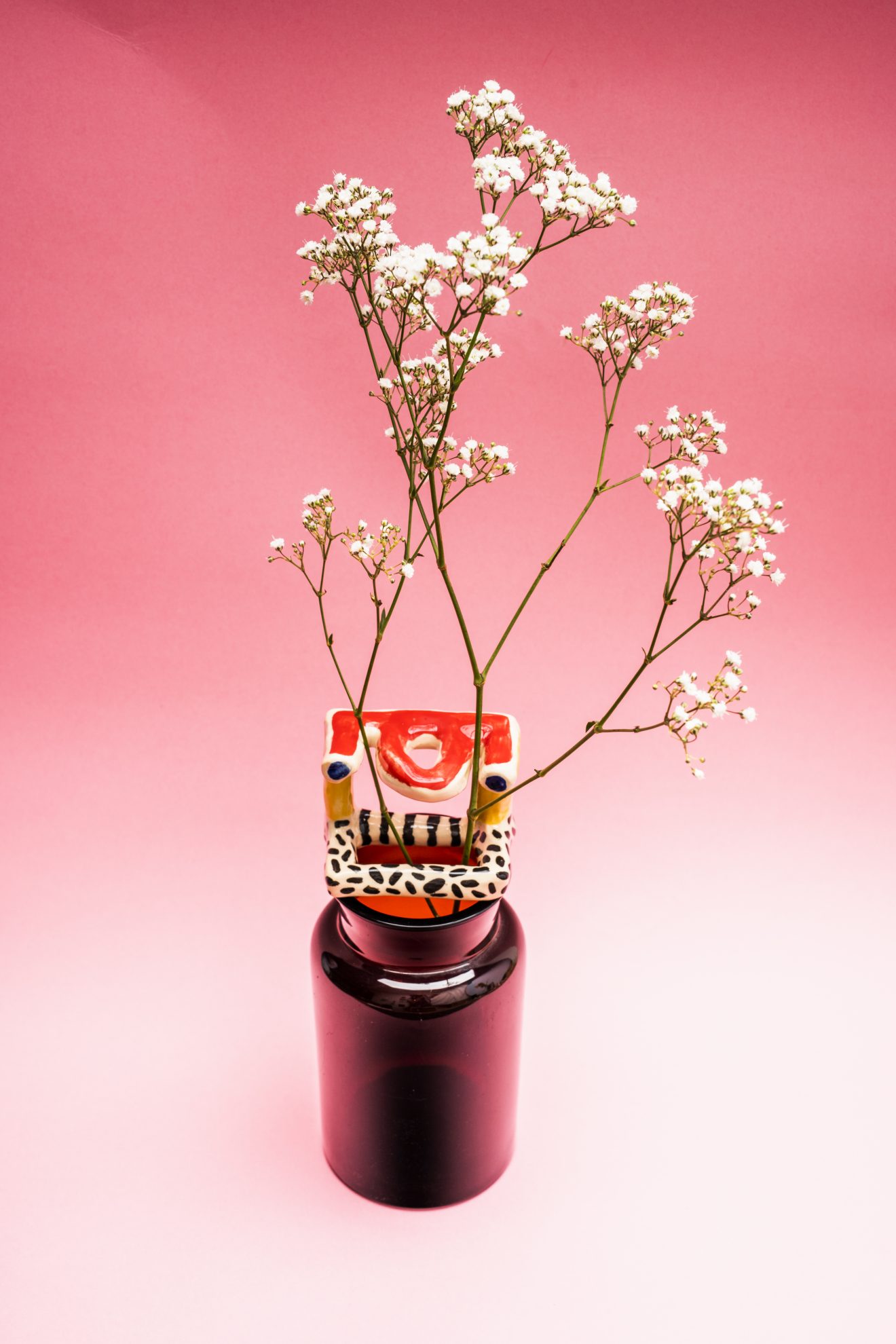


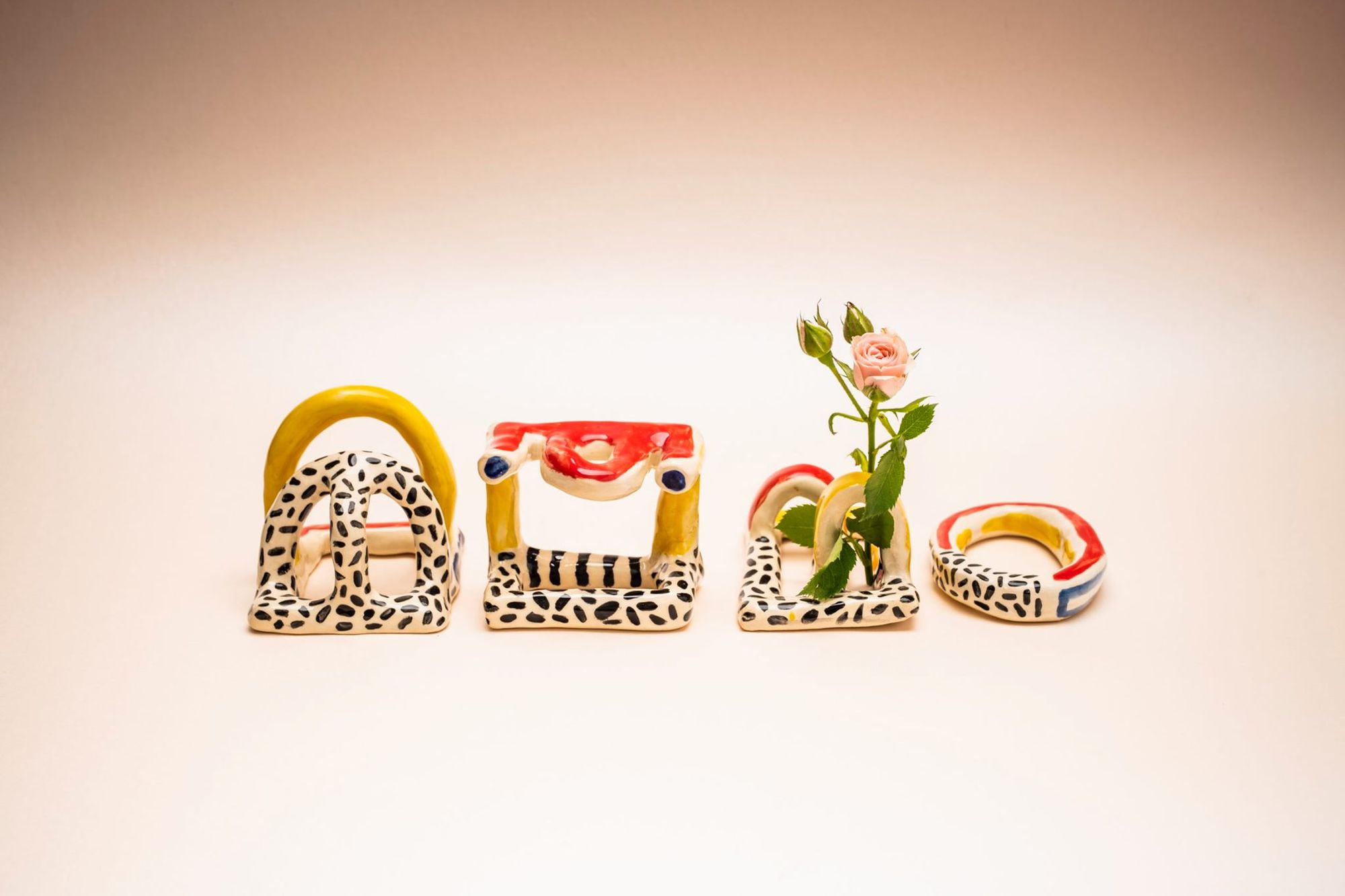
SIUP Studio—Poland
“Begin”, “have a go at something”—this is what the name of the Polish SIUP Studio covers. Martyna Dymek, Marcin Sieczka, and Kasia Skoczylas started as total outsiders of pottery: all three graduated as photographers, but that didn’t stop them from actually coming into contact with clay. Perhaps it was this outside role that helped them connect to the free experimentation—their forms are mostly organic and raw. Seeing these strange, sculptural “formations,” we feel as if we have encountered the object culture of a distant, so far unknown ethnic group.
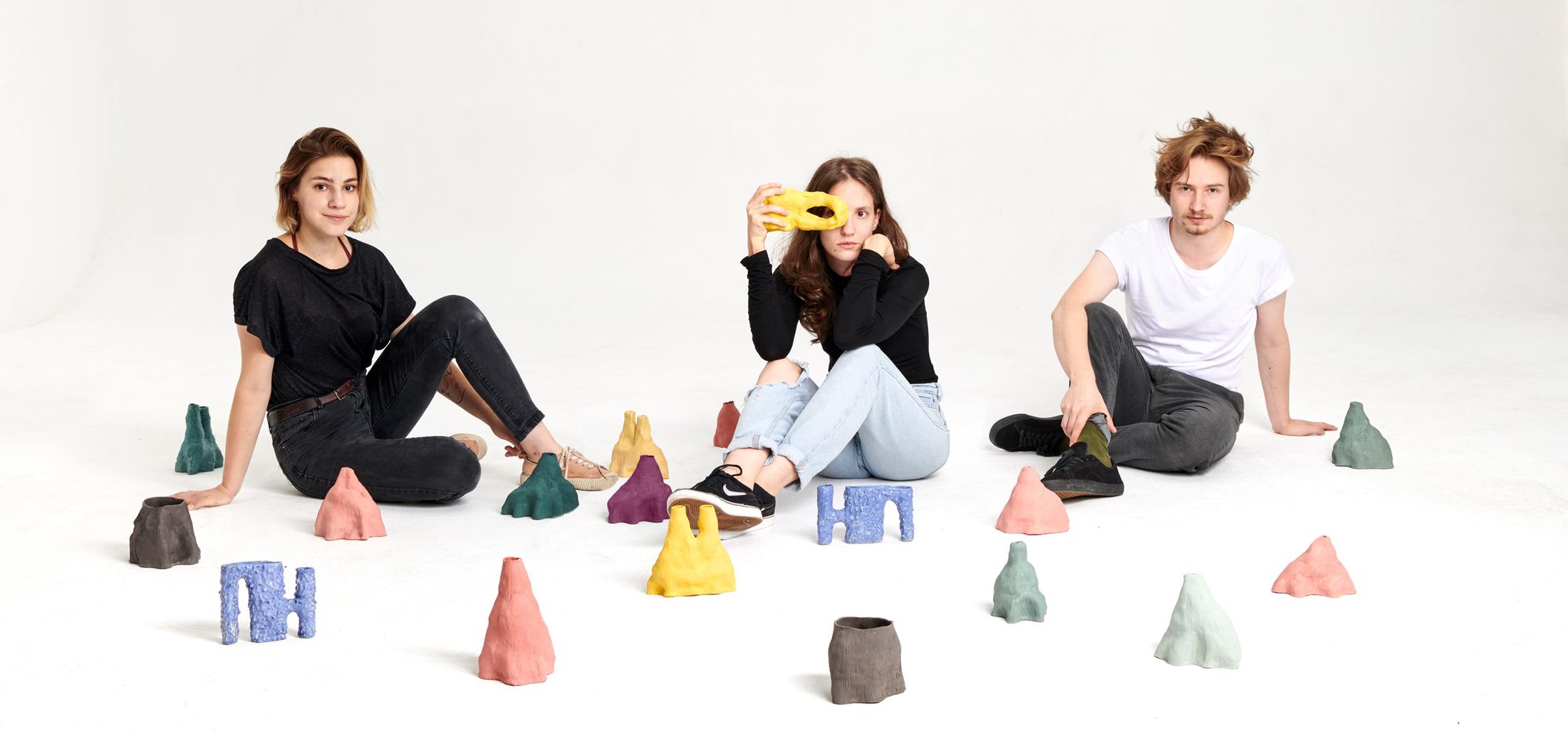
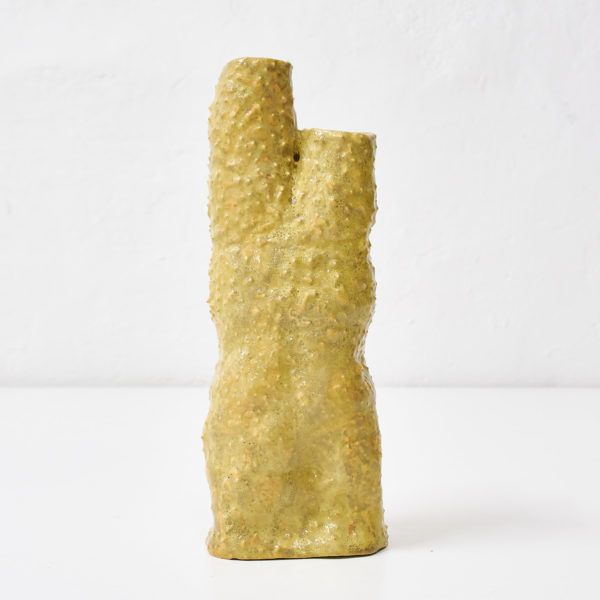

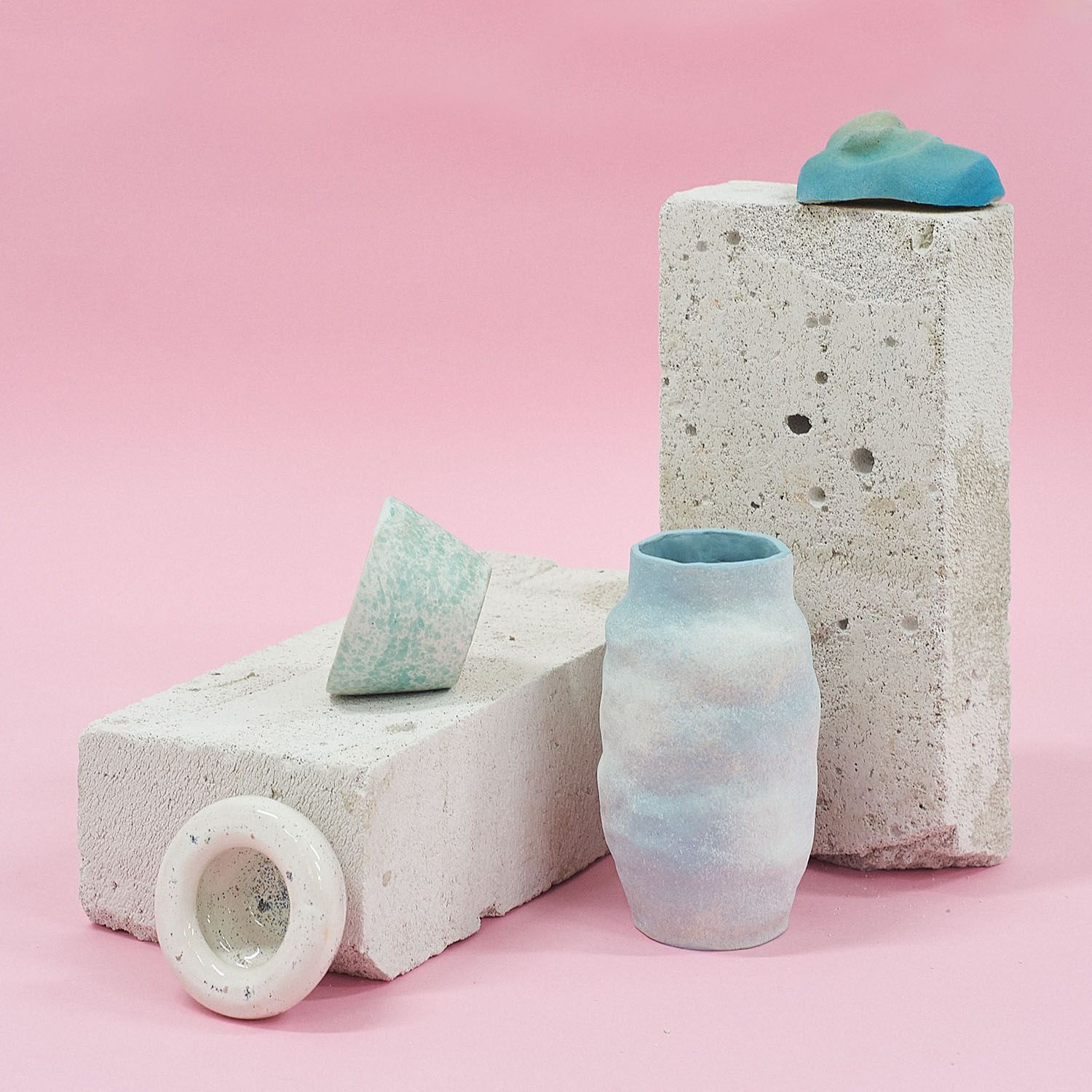
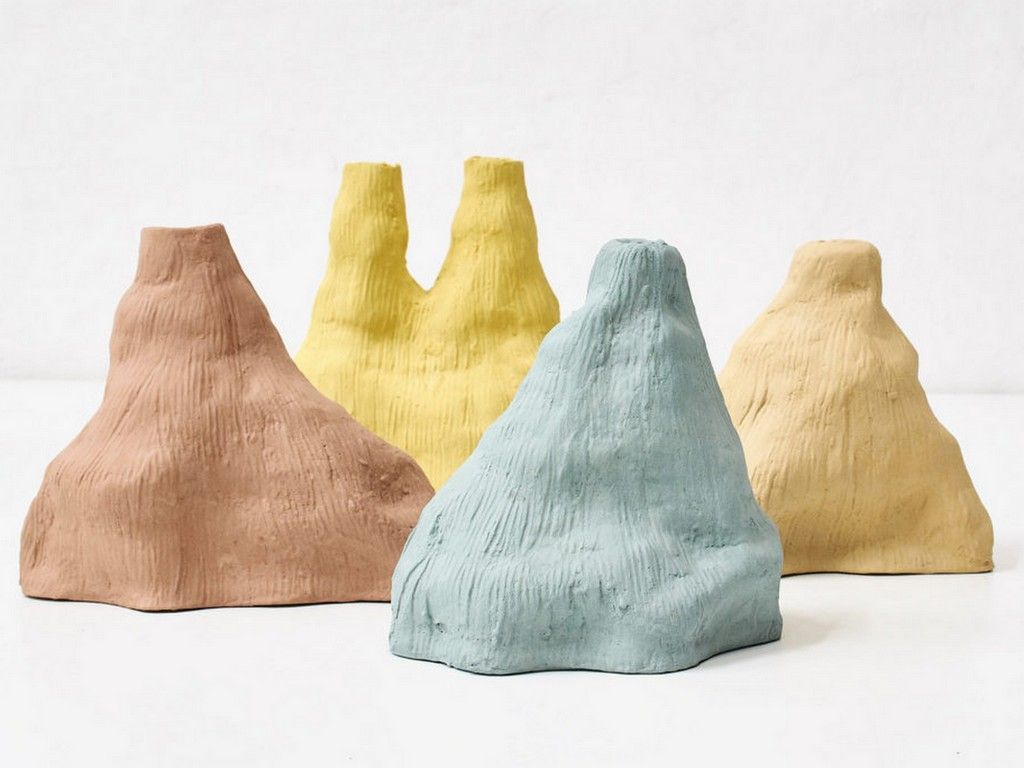
Pottery and poetry | Facebook | Instagram
ÅOOMI | Web | Facebook | Instagram
Bisqit | Web | Facebook | Instagram
KOKOMO ceramics | Facebook | Instagram
SIUP Studio | Web | Facebook | Instagram

In pursuit of the first Hungarian NFT gallery
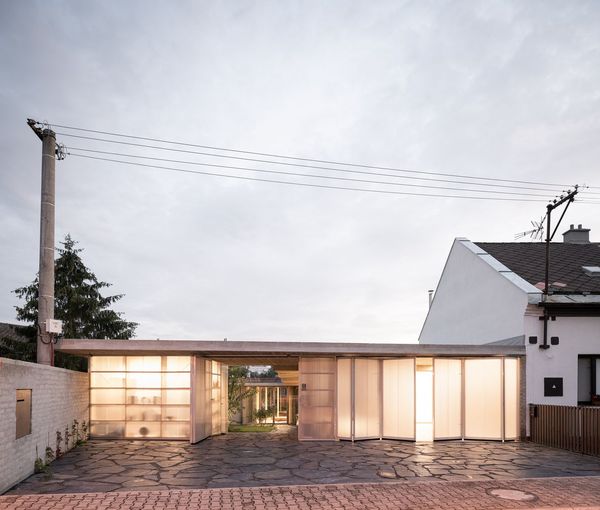
Atrium house merging with the landscape
